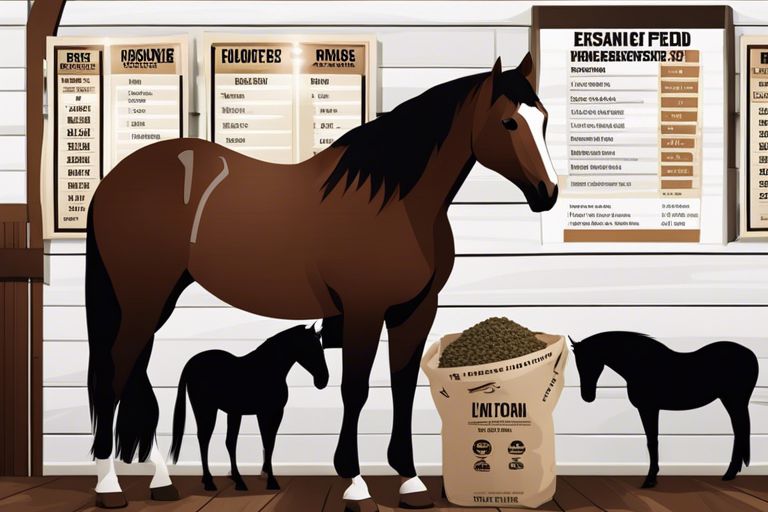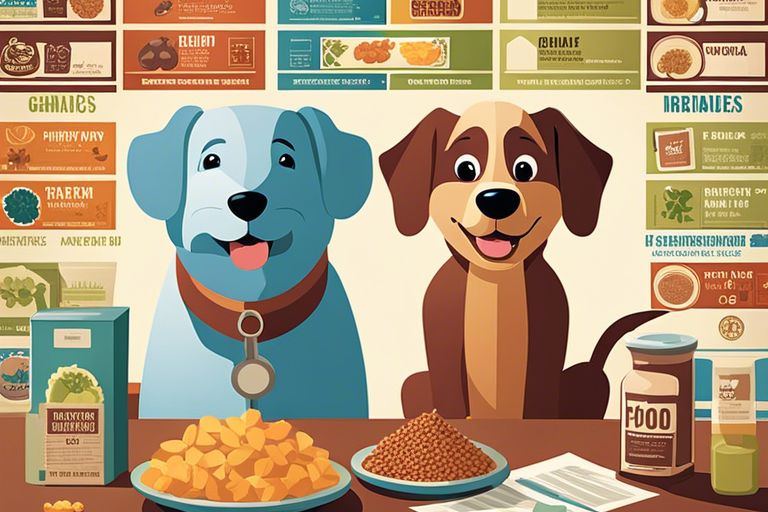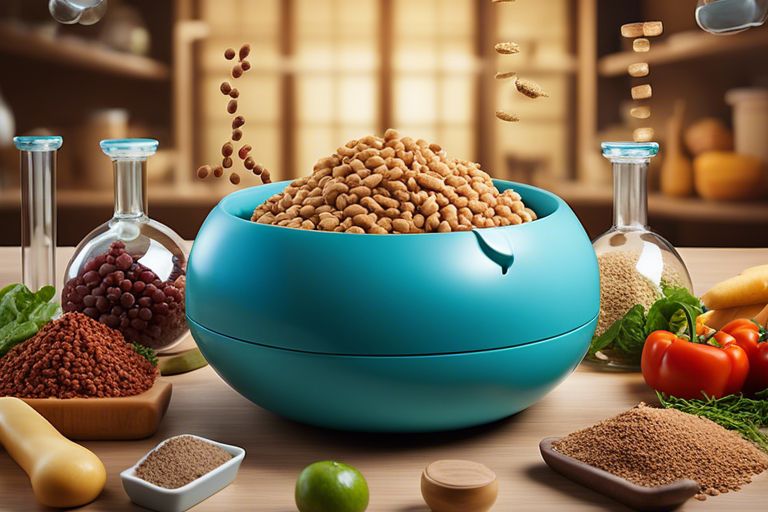Are you puzzled by the plethora of information on feed labels when it comes to providing optimal nutrition for your horse? In this article, we will explore into decoding the important details on equine feed labels to ensure you make informed choices for your equine companion’s health and well-being. Understanding the ingredients, nutritional values, and guaranteed analysis on the feed bag can profoundly impact your horse’s dietary needs.

Deciphering Feed Labels
A feed label provides vital information about the product you are feeding to your horse. Understanding how to decipher this information is crucial to ensure your horse’s nutritional needs are being met. By learning to read and interpret feed labels correctly, you can make informed decisions about what you are feeding your equine companion.
Reading the Fine Print
Any responsible horse owner should pay close attention to the fine print on feed labels. This section often contains important details such as feeding instructions, recommended serving sizes, and nutritional information. Ignoring this information can result in overfeeding or underfeeding your horse, leading to nutritional imbalances and potential health issues. Take the time to read and understand the fine print to provide your horse with the proper diet.
Key Terms to Know
On every feed label, there are key terms that you should familiarize yourself with to make informed choices. Terms like ‘crude protein,’ ‘crude fat,’ and ‘crude fiber’ provide vital information about the nutritional content of the feed. Understanding what these terms mean and how they contribute to your horse’s diet can help you select the right feed for their specific needs.
Feed labels may also include terms like ‘fortified’ or ‘complete,’ indicating that the feed contains added vitamins and minerals vital for your horse’s health. Choosing a feed labeled as ‘fortified’ or ‘complete’ can help ensure your horse receives all the necessary nutrients for a balanced diet.
Nutrient Breakdown
Protein: The Building Blocks
Protein is important for the growth and repair of your horse’s tissues. When looking at feed labels, you should pay attention to the percentage of protein in the feed. Legumes like alfalfa are high in protein, while grains like oats and corn contain moderate levels. Ensuring your horse gets enough protein in their diet is crucial for their overall health and well-being.
Carbohydrates: Energy Sources
Carbohydrates are the primary energy source for horses. They are found in forages like hay and grass, as well as in grains. With the right balance of carbohydrates in your horse’s diet, they will have the energy needed to perform well in various activities. Pay attention to the type of carbohydrates in the feed to ensure they are getting the right balance of energy.
Fats: Essential for Health
Sources of fat in your horse’s diet can include vegetable oils and fats found in grains. Fats are important for providing a concentrated source of energy and are also important for the absorption of fat-soluble vitamins. Including Another source of fat in your horse’s diet can help promote a healthy coat and skin.
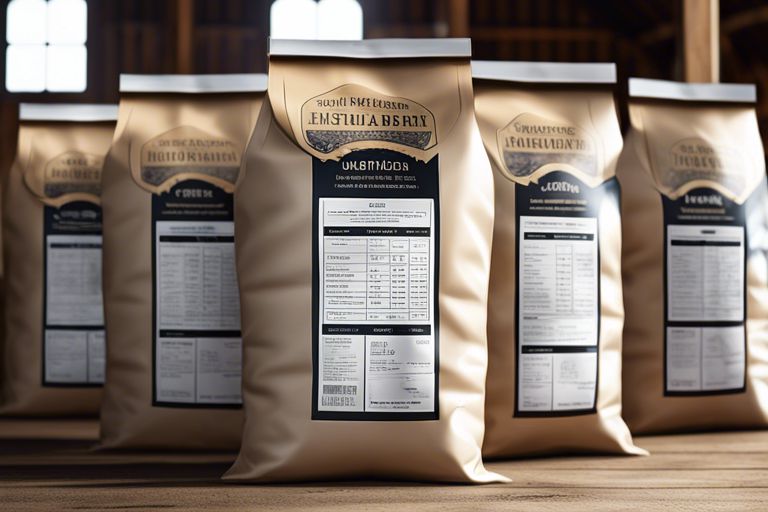
Macronutrients and Micronutrients
The Importance of Balance
Your horse’s diet consists of macronutrients – carbohydrates, proteins, and fats, as well as micronutrients – vitamins and minerals. These nutrients play crucial roles in maintaining your horse’s health and well-being. Balance is key when it comes to ensuring your horse receives the right proportions of macronutrients and micronutrients.
Vitamins and Minerals: The Unsung Heroes
Minerals are crucial for various bodily functions like bone health, muscle function, and enzyme activity. Your horse requires a mix of macro and micro minerals such as calcium, phosphorus, magnesium, iron, zinc, and selenium in their diet. Vitamins are equally important, acting as catalysts for numerous biochemical reactions in the body.
Another vital aspect to consider is the interaction between vitamins and minerals. An imbalance in these nutrients can lead to deficiencies or toxicities, impacting your horse’s overall health.
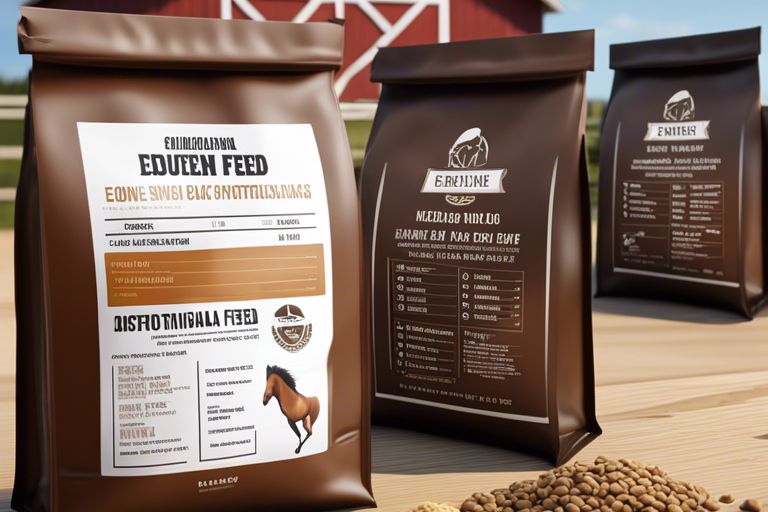
Additives and Preservatives
What’s Really in Your Horse’s Feed?
Not all additives and preservatives in your horse’s feed are created equal. Some additives can be beneficial, such as probiotics that support gut health, while others may just be fillers with little to no nutritional value. When reading feed labels, pay attention to the ingredients list and look for additives like omega-3 fatty acids, vitamins, and minerals that can benefit your horse’s overall health.
Natural vs. Artificial: Making Informed Choices
With the growing trend towards natural and organic products, you may wonder whether to choose natural or artificial additives for your horse’s feed. Natural additives are derived from sources found in nature, like plants and animals, while artificial additives are synthesized in a lab. For your horse’s well-being, it’s vital to consider both options carefully.
In the matter of natural vs. artificial additives, the key is to scrutinize the source and quality of the ingredients. Natural additives may offer a sense of purity, but artificial additives can sometimes provide more consistent levels of nutrients. Ultimately, the choice between natural and artificial additives should be based on what is best for your horse’s individual needs and dietary requirements.
Preservatives: In the matter of preservatives in your horse’s feed, be cautious of additives like ethoxyquin, BHA, and BHT. These preservatives have been linked to potential health risks and are best avoided. Look for feeds with natural preservatives like Vitamin E or rosemary extract to ensure the safety and well-being of your horse.
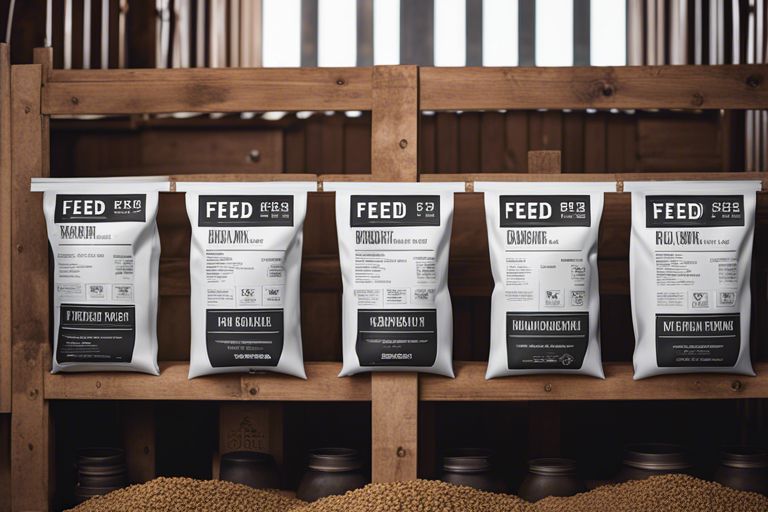
Evaluating Feed Quality
Keep a close eye on the feed quality by paying attention to various factors that can affect its nutritional value. One important aspect to consider is the ingredient sourcing, whether the feed contains locally sourced ingredients or if they come from global suppliers.
Ingredient Sourcing: Local vs. Global
Any responsible horse owner knows that the quality of ingredients in your horse’s feed plays a crucial role in their overall health and performance. Local ingredients may offer advantages such as freshness and supporting local farmers. On the other hand, global sourcing can provide a wider variety of ingredients and potentially lower costs. Consider what matters most to you and your horse when evaluating feed options.
Manufacturing Processes: What Matters
An understanding of the manufacturing processes that go into producing horse feed can give you insight into the product’s quality. Manufacturing processes can impact the nutritional value and safety of the feed, so it’s imperative to know what to look for.
Understanding how the feed is processed, stored, and distributed can help you make more informed decisions when selecting the right feed for your horse. Look for feeds that follow stringent quality control measures to ensure the safety and efficacy of the product.
Special Dietary Needs
Age-Related Nutrition: From Foals to Seniors
One important aspect of equine nutrition is understanding the specific dietary needs based on age. Young foals have different nutritional requirements compared to senior horses. For foals, it is crucial to provide a diet rich in protein and nutrients to support their growth and development. On the other hand, senior horses may need special supplements to address issues such as arthritis or dental problems.
Breeding and Performance Horses: Unique Requirements
With breeding and performance horses, special dietary considerations must be taken into account to support their increased energy and nutritional needs. These horses have higher activity levels and muscle demands, requiring diets rich in protein and carbohydrates. Additionally, breeding mares may require specific supplements to support pregnancy and lactation.
Unique breeding and performance horses are usually subject to rigorous training schedules and competition demands, making it crucial to tailor their diets to support optimal performance and overall health. Proper nutrition in these horses can enhance their endurance, muscle development, and recovery after strenuous activities.
Conclusion
Taking this into account, it is imperative for you, as a responsible horse owner, to understand how to interpret feed labels accurately to ensure your horse receives the proper nutrition. By carefully studying the ingredients list, guaranteed analysis, and feeding instructions on feed labels, you can make informed decisions about what to feed your equine companion.
Be mindful of, your horse’s health and well-being depend on the quality of nutrition they receive. By educating yourself on how to read and interpret feed labels correctly, you can help ensure that your horse is getting the necessary nutrients to thrive and perform at their best.
Q: What information can be found on a horse feed label?
A: A horse feed label typically includes important information such as the ingredients list, guaranteed analysis, feeding directions, and manufacturer’s information.
Q: What is the guaranteed analysis on a feed label?
A: The guaranteed analysis on a feed label provides information on the minimum or maximum amount of crude protein, crude fat, crude fiber, and other nutrients present in the feed.
Q: How can you interpret the ingredient list on a horse feed label?
A: Ingredients on a horse feed label are listed in descending order by weight, with the primary ingredients listed first. It is important to look for high-quality and easily digestible ingredients such as hay, oats, and bran.
Q: Why is it important to follow feeding directions on horse feed labels?
A: Following feeding directions on horse feed labels is crucial to ensure that your horse receives the right balance of nutrients. Overfeeding or underfeeding can lead to health issues such as obesity or nutrient deficiencies.
Q: How can you identify a reputable horse feed manufacturer from the label?
A: A reputable horse feed manufacturer will have their contact information on the label, including a phone number or website. Look for seals of approval from organizations like the American Association of Feed Control Officials (AAFCO) or quality control certifications.
